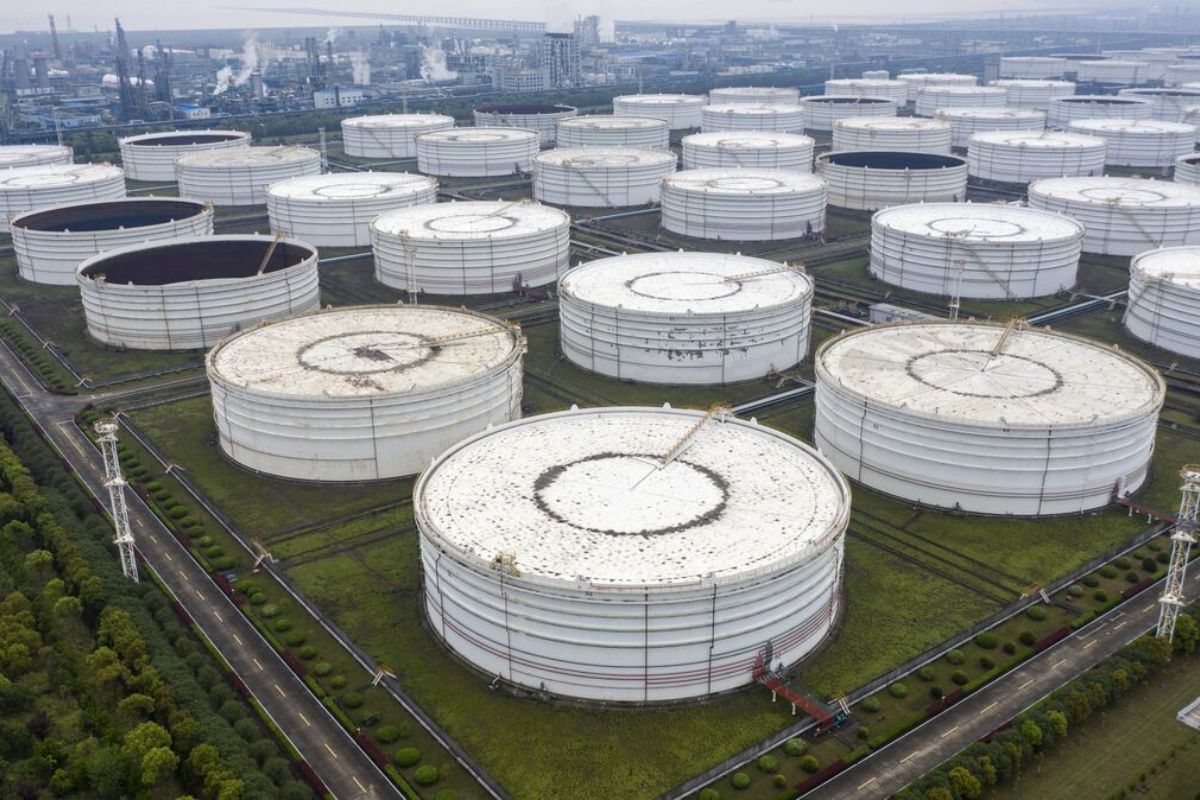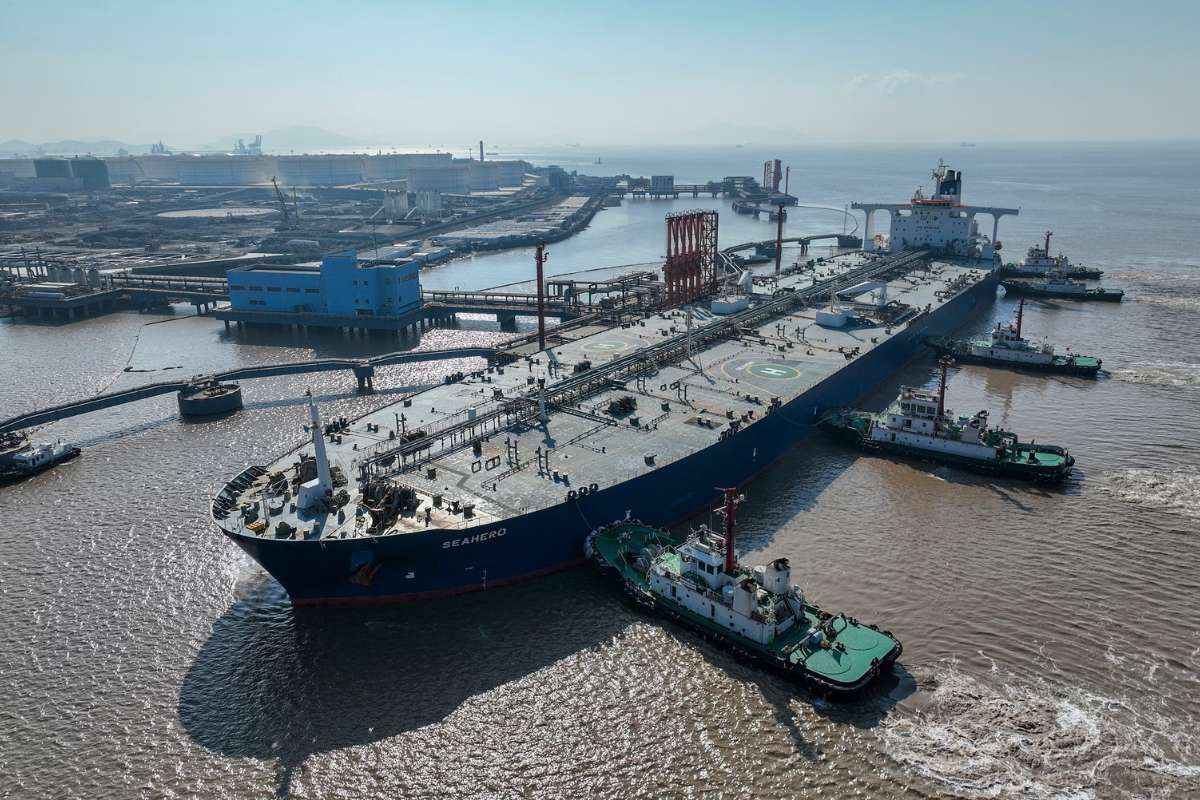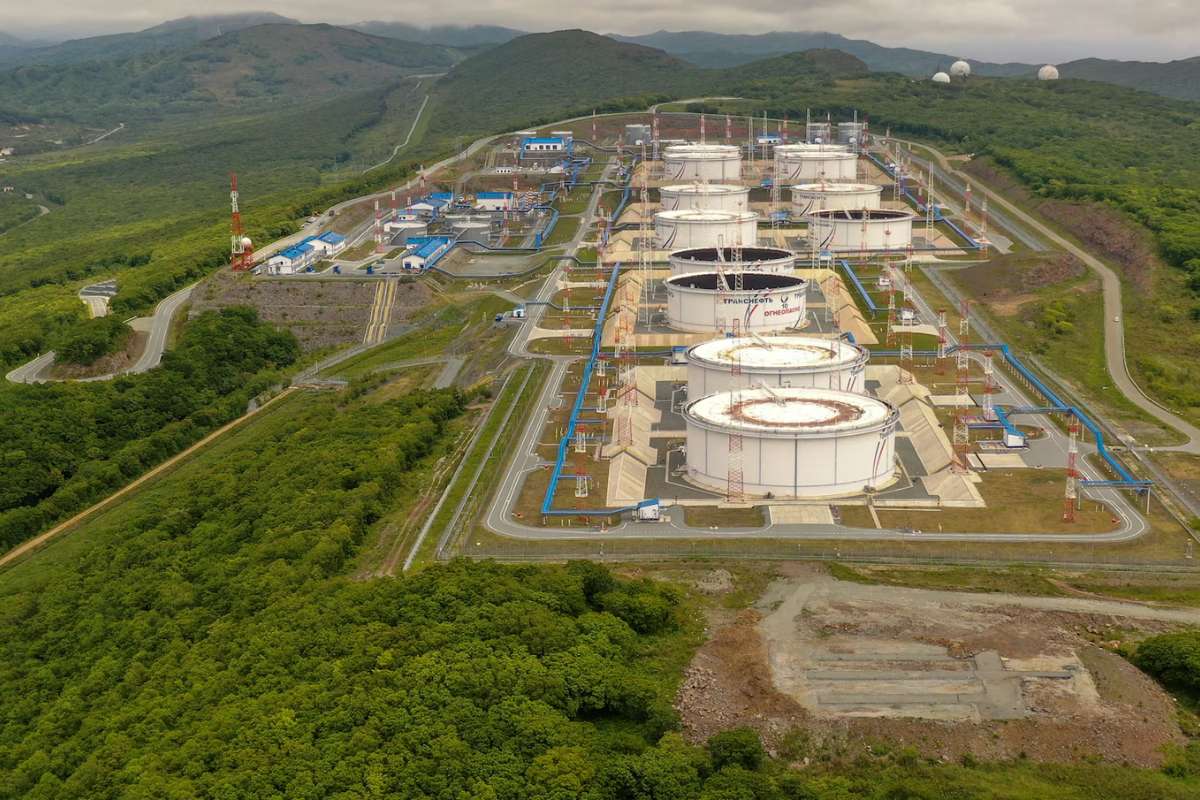Global diesel traders inventories remain critically low as traders rush to replenish stockpiles ahead of seasonal refinery shutdowns and potential weather disruptions. As of August 2025, supply constraints and increased demand are keeping prices elevated, with ripple effects felt across industries reliant on the world’s most essential fuel.
Refiners Face Tight Window to Rebuild Inventories
From the U.S. Gulf Coast to Europe and Asia, diesel storage levels are only beginning to recover from multi-year summer lows. Typically, inventories are built during this period to prepare for the fall and winter seasons. However, supply has struggled to keep pace with demand due to a combination of refinery outages, delayed shipments, and logistical bottlenecks.
Refining margins remain strong, prompting companies like Valero and Phillips 66 to prioritize diesel output. Yet, despite these efforts, U.S. inventories are only marginally above the critical levels seen during the summer of 2022. Europe continues to depend heavily on fuel shipments from the Middle East and Asia to bridge the supply gap.
High Prices Drive Broader Market Impacts
Diesel, a core component in middle distillates used across freight, agriculture, and industrial sectors, is exerting upward pressure on fuel costs worldwide. This is increasing operating expenses for logistics providers and farmers, particularly in regions preparing for the autumn harvest.
In financial markets, the diesel traders crack spread, the premium diesel commands over crude, has widened significantly. In Europe, it now exceeds $20 per barrel, while in the U.S., it’s around $30. These elevated spreads reflect persistent tightness in refining capacity and have contributed to a firm floor under global crude prices.
Analysts at Goldman Sachs forecast that diesel margins will remain high into 2026, citing structural limitations in refining and sustained demand growth. Energy major TotalEnergies echoed this outlook, noting that stronger diesel pricing will likely remain a long-term feature of the market.
Supply Relief Grows, but Constraints Persist
Despite the tight market, signs of improvement are beginning to emerge. Diesel stockpiles in key regions have started to climb, and July saw the highest number of middle distillate cargoes shipped from Asia and the Middle East to Europe in nearly a year, according to data from Kpler.
Large-volume shipments, including supertankers carrying up to two million barrels, are helping alleviate pressure on European inventories. Traders and refiners are closely monitoring these trade flows to adjust procurement strategies and stabilize local markets.
Market participants also anticipate support from increased output of heavy crude, which yields more diesel when refined. However, the timeline for these additional barrels to move through production, shipping, and processing remains uncertain, meaning short-term volatility may persist.
Outlook: Continued Tightness Through Year-End
As the industry approaches peak seasonal demand, the diesel traders market remains delicately balanced. Weather-related risks, such as hurricanes impacting U.S. Gulf refineries, and scheduled maintenance outages could further restrict supply.
Companies across the energy value chain are preparing for potential volatility. “We expect diesel cracks to remain strong,” said Gary Simmons, COO of Valero, during a recent earnings call, emphasizing the fragile state of inventories and continued pressure on supply chains.
Other refiners, including Marathon Petroleum, expect sustained demand from the trucking, industrial, and agricultural sectors to support current price levels. “Over the next three to four months, we’re quite constructive on diesel margins,” said Rick Hessling, Chief Commercial Officer at Marathon.
Conclusion:
The diesel traders market’s ongoing supply-demand imbalance underscores the importance of resilient refining infrastructure and global trade flexibility. While recent shipments offer temporary relief, structural constraints and seasonal risks suggest that tight conditions may persist through the end of 2025, impacting industries and consumers alike.












